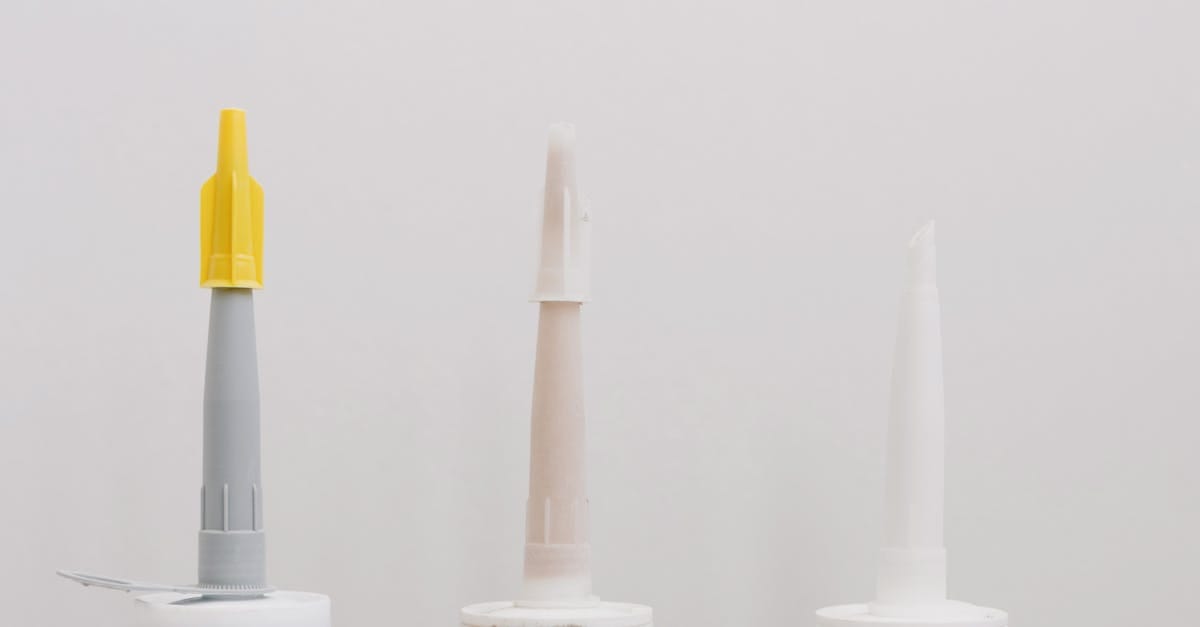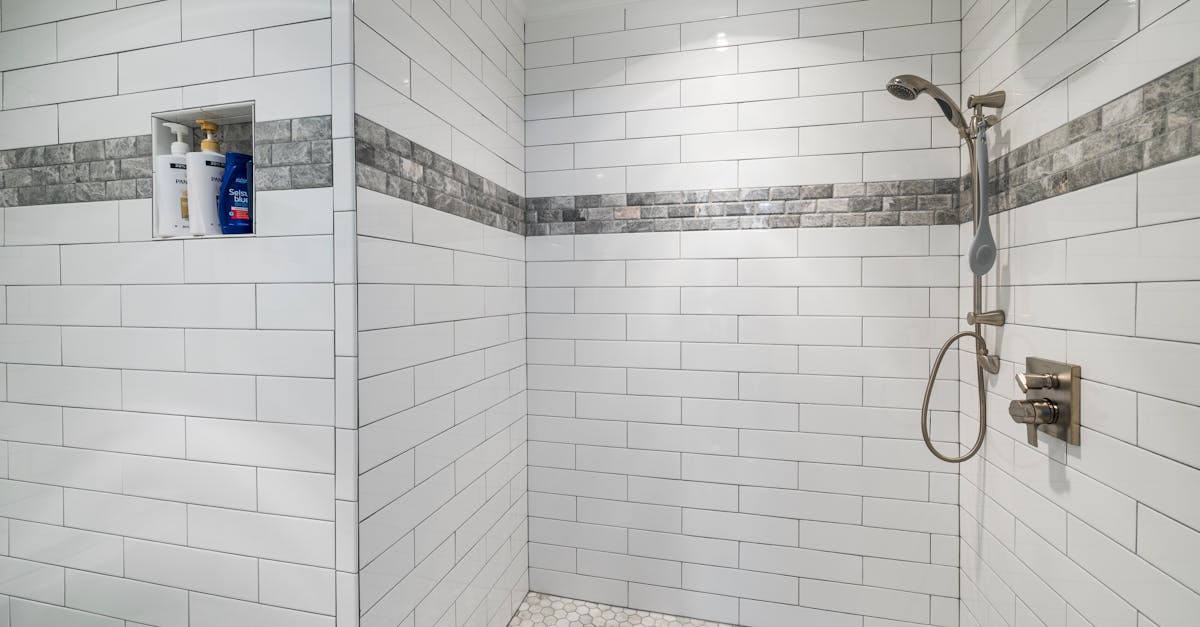This article provides an in-depth overview of caulks and sealants, presenting various popular options available in the market and offering practical tips for selection. It discusses essential features to consider, such as flexibility, moisture resistance, and ease of application, to ensure the best choice for specific projects. The guide highlights the differences between types like latex, silicone, and hybrid formulas while providing insights into their appropriate uses. Readers will gain a greater understanding of the importance of choosing the right product to protect their homes and enhance their living spaces.
The Latest Trends in Painting and Space Renovation
Revitalizing your home or commercial space can be an exhilarating journey, one that combines your personal style with the latest innovations in painting and renovation. As we move forward into a world that increasingly values aesthetics and functionality, staying ahead of the trends allows property owners to create inviting and inspiring environments. Whether you’re considering a fresh coat of paint for your living room or a complete overhaul of your storefront, the choices you make can dramatically enhance not only the beauty but also the functionality of your space.
From bold color palettes that make a statement to innovative painting techniques that elevate ordinary surfaces, the possibilities are endless. This article will guide you through some of the most popular trends in interior and exterior painting, along with practical tips and real-life project examples that demonstrate how the right color scheme and materials can transform your surroundings. Buckle up as we explore how you can uplift your ambiance, capture attention, and create spaces that resonate with style and warmth.

Comparative Guide to Caulks and Sealants
| Type | Details |
|---|---|
| Latex Caulk | Easy to apply, paintable, ideal for indoor projects. |
| Acrylic Caulk | Water-resistant, flexible, suitable for many surfaces. |
| Silicone Sealant | Highly durable and elastic, perfect for wet areas. |
| Hybrid Caulk | Combines benefits of latex and silicone, versatile for various applications. |
| Polyurethane Sealant | Strong adhesion, perfect for heavy-duty projects and exterior use. |
| Bituminous Sealant | Ideal for roofing applications due to its waterproof properties. |
| Foam Sealant | Expands to fill gaps and cracks, excellent for insulation. |
| Fire-Resistant Sealant | Designed to withstand high temperatures, suitable for fireplaces and ducts. |
Latest Trends in Painting and Renovation for Residential and Commercial Spaces
The world of painting and renovation is ever-evolving. Homeowners and business proprietors are continually searching for ways to improve and rejuvenate their spaces, making it essential to stay updated with the latest trends. This guide provides insights into the most popular colors, innovative painting techniques, and the best materials available in the market, all while practical advice tailored to enhance both aesthetic appeal and functionality.
Color Trends That Transform Spaces
Choosing the right color can significantly influence the perception and ambiance of a room. Cold, damp atmospheres can be lightened with brighter hues, while warm, vibrant colors can increase energy levels. Here are the current top color trends:
- Earthy Tones: Shades of terracotta, olive green, and muted browns create a warm and inviting atmosphere. These colors are perfect for both residential and commercial spaces since they evoke calmness and balance.
- Bold Accent Walls: A single wall painted in a striking color adds depth and intrigue to a room. Colors like deep navy or forest green create a sophisticated feel, ideal for offices or creative spaces.
- Pastels: Soft pastels are making a comeback. Light pinks, mint greens, and baby blues add a fresh, airy quality to interiors, particularly in homes and cafes.
For example, in a recent renovation of a small boutique, a warm terracotta was used as an accent wall. The space transformed from dull to vibrant, making the displayed merchandise pop and creating an inviting atmosphere for shoppers.
Innovative Painting Techniques
The right painting technique can enhance the appeal of any room, adding texture and depth. Consider these innovative approaches:
- Ombre Effect: This technique involves the gradual blending of one color into another, creating a serene gradient. It’s particularly effective in bedrooms and living rooms.
- Textured Finishes: Utilizing tools such as sponges or brushes to create texture can make a plain wall intriguing. Techniques like rag rolling or stippling can add a sophisticated touch.
- Stencil Designs: Incorporating stencils allows for creative patterns and designs, making it a great option for nurseries or play areas.
In a charming family home, the ombre effect was employed in the children’s playroom, seamlessly transitioning from a sunny yellow at the bottom to a soft white at the top. This not only brightened the space but also made it feel more spacious.
Quality Materials for a Lasting Finish
Selecting the right materials is crucial for a successful painting project. Options abound, but certain products stand out due to their durability and effectiveness:
- High-quality Paint: Investing in premium paint brands ensures better coverage, longevity, and fewer touch-ups. Look for paints labeled as low VOC, which are environmentally friendly and safer for indoor air quality.
- Metallic Finishes: The popularity of metallics is on the rise, providing a luxurious feel to interiors. Consider using metallic paints for accents or on furniture pieces.
- Eco-friendly Options: As sustainability becomes a priority, more brands offer eco-friendly paints that have a reduced environmental impact, making them a great choice for conscientious homeowners and businesses.
In another renovation project, an office space favored eco-friendly paint. Not only did this decision reflect a commitment to sustainability, but it also received positive feedback from employees, further enhancing their workspace quality.
Understanding Color Balance and Stability
Color balance is essential in creating harmonious spaces. When proportions of colors are mismatched, it can lead to a sense of chaos rather than peace. Here are some guidelines for achieving color stability:
- Complementary Colors: Utilizing colors that complement each other can enhance the visual appeal without overwhelming the senses.
- Neutral Balance: Introduce neutral colors to calm down bold palettes. Greys, whites, and taupes can serve as a great backdrop.
- Accent Colors: Use bright shades as accents against neutral backgrounds to draw attention without overwhelming.
During a recent project at a local restaurant, the incorporation of neutral greys balanced out the vibrant reds and yellows used throughout the décor. This approach created a visually enticing environment while ensuring diners could enjoy their meals comfortably.
Practical Tips for Successful Renovations
Whether you’re painting a room or undertaking a full renovation, certain strategies can streamline the process and enhance the results:
- Plan Ahead: Prioritize your projects and set a realistic timeline. This approach helps maintain momentum and reduces the likelihood of rush decisions that could compromise quality.
- Involve Professionals: If budget allows, consider hiring professionals for critical tasks. Their expertise can elevate the end result and save time.
- Stay Informed: Keep up with current trends in design and materials. Following design blogs or attending home improvement expos can provide fresh ideas and inspiration.
A homeowner looking to update their bathroom recently decided to consult a design expert. This decision not only streamlined the process but also resulted in transformative changes that exceeded initial expectations. With proper planning and execution, the bathroom went from outdated to a modern oasis.
Staying informed about the latest painting and renovation trends and employing practical strategies can transform any space into a revitalizing and inspiring environment. Emphasizing the right colors, techniques, and materials creates more than just a visually appealing room; it develops a space conducive to well-being and creativity.

Transform Your Space with Expert Care
Ready to breathe new life into your home or business? Our tailored painting and remodeling services will revitalize your environment, create lasting impressions, and enhance comfort. Reach out today to discover how we can turn your vision into reality!
Recent Trends and Practical Tips for Residential and Commercial Painting
Current Color Trends
- Earthy Tones:
Colors such as terracotta, olive green, and muted browns evoke natural elements, bringing warmth and comfort to any space.
- Bold Accents:
Create visual interest by incorporating vibrant colors like deep teal or rich burgundy as accent walls in living rooms or offices.
- Pale Pastels:
Soft shades of blue, pink, or lavender provide a calming atmosphere, perfect for bedrooms or wellness spaces.
Innovative Painting Techniques
- Ombre Effects:
This technique involves blending two or more colors for a gradient effect, ideal for feature walls and nurseries.
- Textured Finishes:
Using tools like sponges or brushes for a dimensional look can add depth to walls and ceilings, making spaces feel more luxurious.
- Stenciling:
Add personality with playful or elegant stencils, great for corners, borders, or themed children’s rooms.
Materials and Tools Upgrades
- High-Quality Brushes and Rollers:
Investing in professional-grade materials ensures smoother finishes and reduces the time spent on touch-ups.
- Eco-Friendly Paints:
Opt for low-VOC and natural paint options that minimize environmental impact and improve air quality.
- Advanced Caulking Products:
Choosing long-lasting caulk, like hybrid formulas, ensures durability, reducing the need for frequent repairs.
Practical Tips for Successful Painting Projects
- Preparation is Key:
Thoroughly prepare surfaces before painting, including cleaning, sanding, and priming, to ensure better adhesion and longevity.
- Choose the Right Timing:
Plan your painting projects for cooler days when humidity is low, allowing for optimal drying conditions.
- Use Quality Sealants:
In high-moisture areas like kitchens and bathrooms, use waterproof caulk that prevents mold and mildew.
- Apply Paint in Optimal Conditions:
Avoid direct sunlight and strong winds when painting outdoors, as these conditions can affect drying and application.
«`html
Frequently asked questions
Glossary of Key Terms Related to Painting and Space Renovation
- Caulk
- A flexible material used to seal joints, gaps, or openings in various construction and renovation projects, preventing air and moisture from entering.
- Latex Paint
- A water-based paint that is easy to clean, dries quickly, and has low levels of volatile organic compounds (VOCs), making it a popular choice for interior walls.
- Accent Wall
- A single wall in a room painted a different color from the others to create a focal point and add visual interest.
- Color Palette
- A range of colors selected for a particular room or space, aimed at creating a specific mood or theme.
- Texture
- The surface quality of paint, which can be manipulated through various techniques to add depth and interest to a wall.
- Finish
- The sheen level of paint, ranging from matte to gloss, affecting both the appearance and durability of the painted surface.
- Primer
- A preparatory coat applied to surfaces before painting to enhance adhesion and durability of the topcoat.
- Eco-friendly Paint
- Paint formulated with non-toxic ingredients and low VOCs, designed to minimize environmental impact and improve indoor air quality.
- Renovation
- The process of improving or updating a space, which may involve painting, remodeling, or reconfiguring the layout.
- DIY
- Do-it-yourself projects where individuals undertake home improvement tasks without professional help, often including painting and decorating.
The importance of understanding caulks and sealants cannot be overstated, as these materials play a crucial role in maintaining the integrity of your residential and commercial spaces. By exploring popular options and tips for selection, readers can make informed decisions that enhance the longevity and appearance of their projects. Armed with the knowledge of different types of caulks, their specific applications, and key features, it’s easier to choose the right product for any job. Whether tackling a DIY project or hiring professionals, the insights gained here will motivate homeowners and business owners alike to apply what they’ve learned, ensuring better results and more successful renovations.
Recommendations for Choosing Caulks and Sealants
Understanding Your Project Needs
Before selecting a caulk or sealant, it’s crucial to assess the specific requirements of your project. Identify the materials you’ll be working with and the conditions they will face. For instance, will the caulk be exposed to moisture, temperature fluctuations, or movement? Understanding these factors will guide you in choosing the right product.
Choosing the Right Caulk
When dealing with different applications, consider the following options:
- For Interior Applications: Opt for Acrylic Latex Caulk as it is easy to clean, paintable, and ideal for indoor projects.
- For Outdoor Use: Select Hybrid Caulks, such as Dynaflex Window, Door and Trim Caulk, known for their high adhesion and flexibility.
- Kitchen and Bathroom Projects: Use Acrylic Latex Kitchen and Bath Sealants like AMP Sealant for quick-dry and waterproof options.
- Concrete and Masonry: Choose polyurethane-based options like Loctite Construction Adhesive for strong bonds in heavy-duty applications.
Application Tips for Success
To achieve the best results, consider these practical tips:
- Ensure surfaces are clean and dry before application for optimal adhesion.
- Apply caulk in a steady, continuous motion to avoid uneven finishes.
- Use masking tape to create clean lines and prevent excess spread if necessary.
- Allow adequate curing time as indicated on the product’s label to maximize performance.
Maintenance and Longevity
To enhance longevity, regularly inspect caulked areas and address any signs of wear or cracking immediately. Employing a flexible caulk, like Sashco Big Stretch, ensures that your seams remain intact despite environmental changes.
Transform Your Space Today!
Your dream home or business awaits you! Our expert painting and renovation services offer not only a beautiful finish but also enhance your space’s functionality and value. Contact us for a personalized consultation and let’s bring your vision to life!
Mariana Pons is the visionary behind some of the most stunning transformations at TS Painting & Restoration. With a strong background in design and renovation, she has empowered countless clients in Florida to revitalize their homes and businesses with her expert painting solutions. Born in the Dominican Republic and raised in New York, Mariana seamlessly blends urban sophistication with tropical charm in her approach.
Her philosophy revolves around transformative energy. Mariana thrives on taking outdated or neglected spaces and turning them into vibrant, inviting environments. Her project portfolio is filled with compelling before-and-after stories that highlight her skill in overcoming challenges and delivering exceptional results, making her a trusted partner for clients seeking to enhance their spaces.
Outside of work, Mariana enjoys exploring new cultures through travel, indulging in culinary experiences, and staying ahead of the latest interior design trends. She believes that every project is not just a task, but an opportunity to create something extraordinary that reflects the personality and desires of her clients.
At TS Painting & Restoration, Mariana is committed to using high-quality materials and innovative techniques to ensure each painting project exceeds expectations. Her passion for color and design enables her to guide clients in selecting the perfect palettes that breathe life into their spaces, making every home and business a true reflection of individuality.


